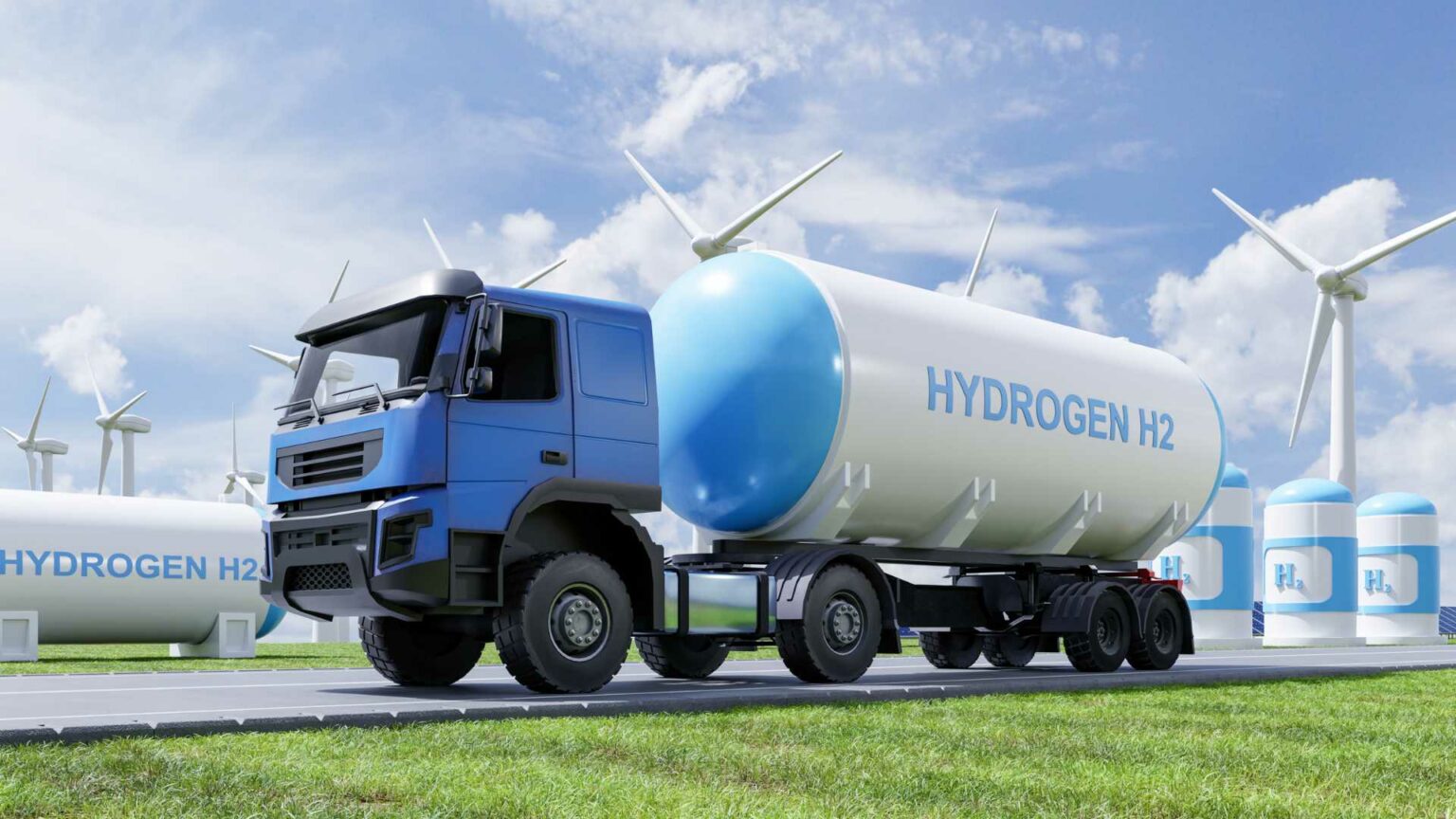A recent scientific article, “A Brief Review of Structural Health Monitoring based on Flexible Sensing Technology for Hydrogen Storage Tank,” presents research on enhancing the safety and reliability of hydrogen storage tanks. This study by Guidong Chi, Shuang Xu, Dehai Yu, Zhonghao Wang, Zhizhu He, Kai Wang, and Quan Zhou explores innovative methodologies to monitor the structural health of these critical components in the hydrogen industry.
Context and Relevance
In the hydrogen industry, ensuring the safety and integrity of hydrogen storage tanks is paramount due to the highly flammable nature of hydrogen gas. The research by Chi et al. addresses a significant challenge within the industry: the real-time monitoring of storage tank conditions to prevent leaks, ruptures, or other failures.
Main Findings
The key finding of this research revolves around the development and application of flexible sensing technology to monitor the structural health of hydrogen storage tanks. The authors highlight that traditional monitoring systems are often rigid and limited in their adaptability, which can affect data accuracy and reliability. In contrast, flexible sensing technologies can conform to various shapes and surfaces, providing more accurate and comprehensive monitoring.
Potential Applications
The potential applications of this research are vast. Hydrogen storage tanks with flexible sensing technology could significantly enhance safety protocols across hydrogen production, storage, and transportation sectors. This technology can be integrated into existing infrastructure to provide continuous, real-time data on the structural integrity of tanks, allowing for timely maintenance and reducing the risk of catastrophic failures.
Market Relevance
This research could lead to more reliable and safer storage solutions for the hydrogen market, potentially lowering insurance costs and improving public perception of hydrogen as a safe alternative energy source. Moreover, industries involved in hydrogen logistics could adopt this technology to mitigate risks, thereby fostering greater investment and growth within the hydrogen economy.
Technical Details
The methodologies discussed involve using flexible sensors that detect changes in strain, pressure, and other structural parameters. These sensors are designed to be lightweight, adaptable, and highly sensitive, enabling them to provide detailed insights into the health of hydrogen storage tanks over time.
Broader Implications
The broader implications of this research extend beyond just hydrogen storage. Similar flexible sensing technologies could be applied to various sectors where structural health monitoring is crucial, such as aerospace, civil engineering, and automotive industries. The crossover potential highlights the interdisciplinary nature of this advancement, promising enhanced safety and reliability across various fields.
Key Takeaways
1. Development of flexible sensing technology: This innovation provides real-time, accurate monitoring of hydrogen storage tanks.
2. Enhanced safety and reliability: Hydrogen storage systems can achieve higher safety standards by integrating these sensors.
3. Market impact: Adopting this technology could lower insurance costs and improve public perception of hydrogen energy.
4. Broad applications: Potential uses extend to other industries requiring structural health monitoring, indicating vast interdisciplinary benefits.





